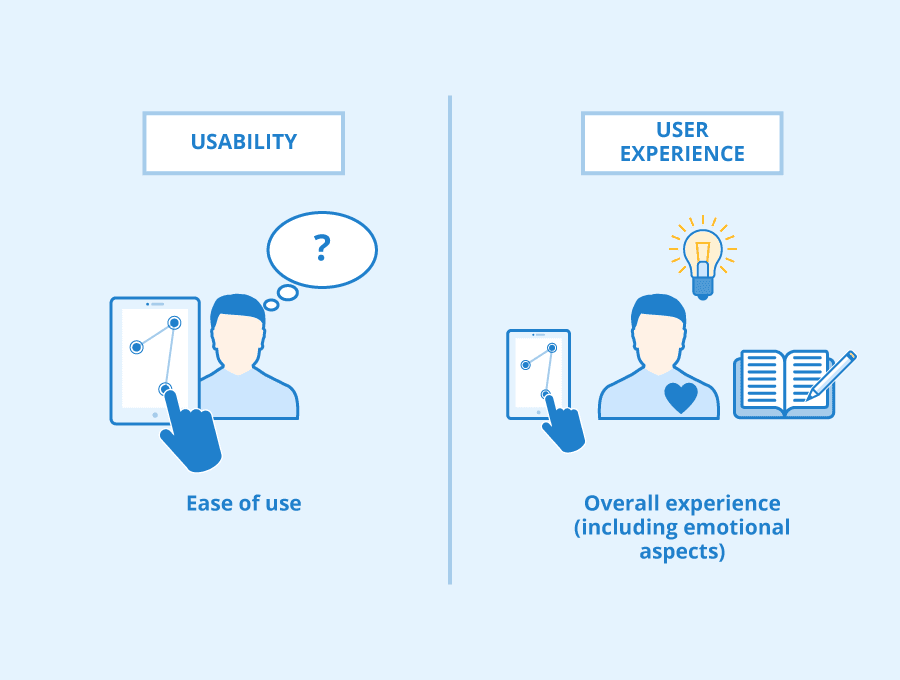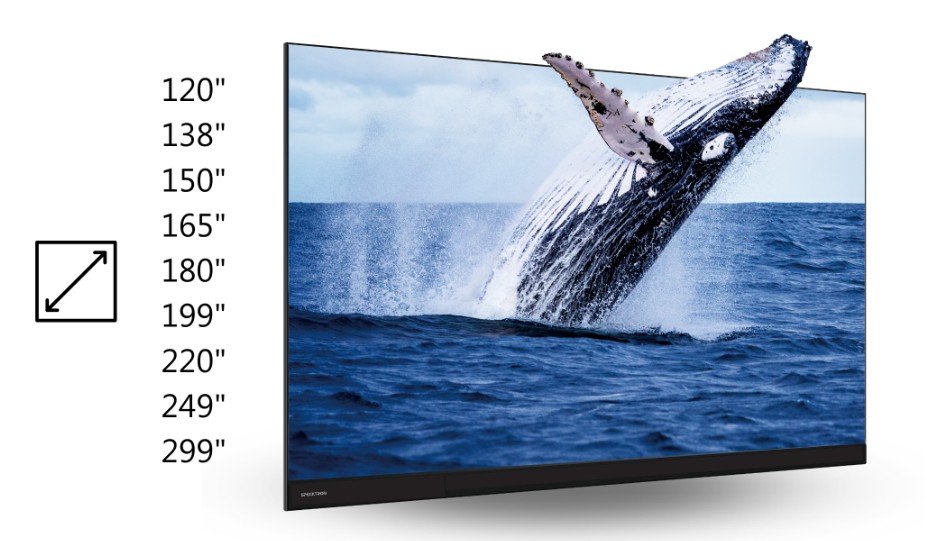What is User Experience (UX):
User experience is something that depicts how a user interacts and experiences a product, system, or service. It includes an individual’s perceptions of utility, ease of use, and efficiency. A company’s reputation is mostly dependent on a user experience and that is why companies need to keep improving user experience. Designers and creators are always finding new ways to refine products only to avoid negative user experience. Similarly, designing a user experience towards profitability also conflicts with ethical user experience and can even cause harm. Thus, we can say user experience should be all about providing the user with an unforgettable experience.
This article is all about understanding the different elements of user experience which play an important part in making sure the user experience is up to the expectations of the user.
Elements of User Experience (UX):
Usability
Usability is mostly referred to all such elements which are a part of the user experience. But we believe usability should be viewed as just a subset of user experience. It is all about providing ease to the users in completing their required or the desired task using a specific product or service. When we talk about usability, there comes a lot of issues that can hinder our user’s ability to complete a specific task. To explain in detail let us take a look at an example;
Let us say, a person has an iPhone. He takes out his phone and dials a number to call a person whose number he hasn’t saved. So what will he do? Well, he’ll input that number, right? So, he’ll tap his phone at the bottom of the screen, and then what? There is neither a keypad on the screen nor a field where he can enter the number. So he will spend some time figuring out what to do next. And after 40 to 50 seconds he’ll realize the keypad button at the bottom is the answer.
The purpose of this example is to help you understand that the primary functions of a phone should not take that long. And when a person feels like it is taking him long to figure out what to do next then this is a usability problem.
Value
The value aspect of user experience also matters a lot but what exactly drives a product’s value to users? It is the alignment between product features and user needs. In simpler words, when a company manages to design a product’s features in such a manner that they are supporting user needs then yes all the users will consider the product valuable. User needs not only to refer to the ones that only focus on what the user wants but it also includes the ones they don’t express as needs.
Adaptability
Adaptability is referred to as the users’ buying, downloading, starting, and installing to use a product. Adoptability has a lot to do with the design of the workflows and it is usually dependent on factors like credibility and brand perception. For example, if a brand fails to offer content that is not authentic or associated with a very weak brand then users will hesitate to use that product or service.
An example to explain this concept is Yahoo or web browser or even Gmail. All of these may be offering user-friendly and valuable features. But a user will never be able to understand these features unless he/she uses them. It means that if a user is not installing these services, then all the good features a product has to offer become irrelevant.
Desirability
When we talk about desirability, it is usually related to emotional appeal. There are so many examples of products being easy to use and useful, and yet turning out to be failures? The reason is their lack of desirability. To explain this in simpler words, let us make a comparison between an MP3 player and iPod. Even though iPod is of better quality and so much better than MP3 yet more people prefer to use MP3 players. Similarly, in comparison between Sony products and all other consumer electronics products which are offered by local manufacturers, people would mostly enjoy using products that have poor usability but still turn out to be more engaging than others.
Thus desirability is a very important element of user experience and no matter how good or bad the quality of a specific product is, people will use it based on how engaging it is.
Final Thoughts
We believe the above four constituent elements of user experience which are value, usability, adaptability, and desirability, we have concluded that all these four elements play an important part in identifying what a user wishes to see in a product and thus should be kept in mind while designing a product.







Leave a Reply